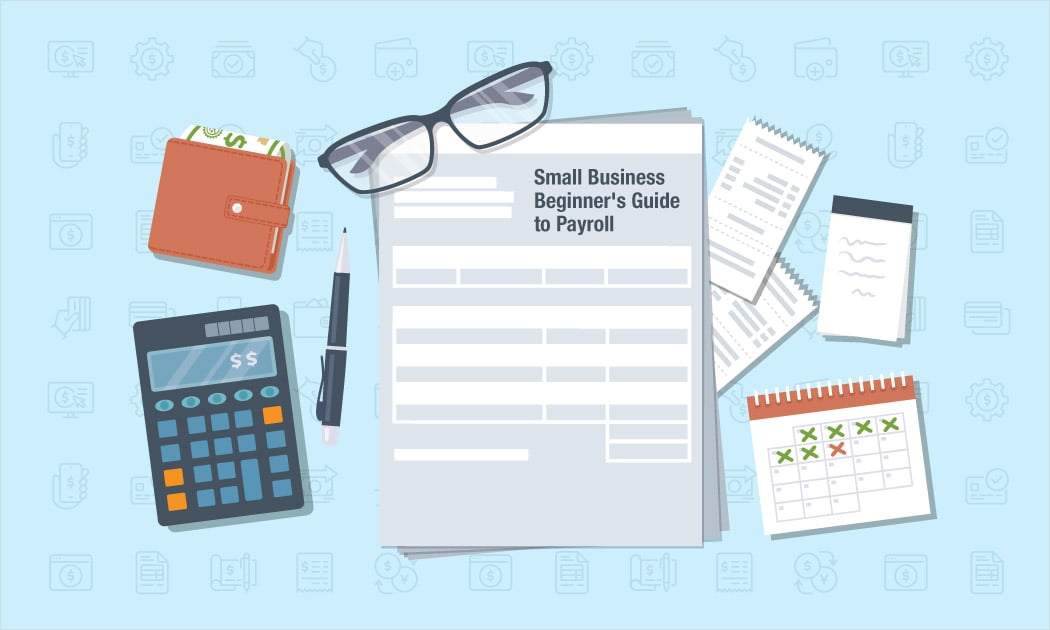The Payroll Blog
News, tips, and advice for small business owners
- Home
- Resources
- Payroll Blog
- Differences between bi-weekly and semi-monthly payrolls
How Many Pay Periods Are in a Year for Biweekly and Semi-Monthly Pay Schedules?
When setting up payroll for your small business, one of the things you'll have to set up is a payroll schedule.

Depending on where you live, your state may make this decision for you and provide guidelines for the type of payroll schedule you need to follow. Other states leave the choice up to business owners to decide. The four payroll schedules are weekly, biweekly, semi-monthly, and monthly. Most confusion comes with understanding biweekly and semi-monthly payroll schedules because they seem very similar. However, there are a few differences you should know.
How Do Biweekly Pay Periods Work?
Under a biweekly payroll schedule, employees receive a check every two weeks, which equals 26 paychecks per year. Typically employees receive their paycheck on a specific day of the week, such as Friday. There are a few months under this payroll schedule where employees will receive three paychecks instead of two. Additionally, paychecks will represent 80 hours of work.
How Do Semi-Monthly Pay Periods Works?
When following a semi-monthly payroll schedule, employees are consistently paid twice per month. There won’t be any months where there is an extra paycheck. While the specific dates will stay the same each month, such as paying on the 5th and 20th of every month, the actual “payday” will vary. Under this schedule, employees typically have higher paychecks compared to a biweekly pay period. It’s important to note that these employees aren’t actually paid more, and employees with a biweekly schedule will “make up” that money in the months with three paydays.
The Pros and Cons of Biweekly and Semi-Monthly Payroll Schedules
If you get to choose a payroll schedule, it’s important to consider all angles before deciding for your small business. With a biweekly schedule, there is consistency for all parties involved; employees know when they’ll get paid, and you know when you need to process payroll. With a semi-monthly payroll schedule, it may be more challenging for employees to budget based on payday changing and it could make running payroll slightly more confusing. From a time spent on payroll aspect, semi-monthly can take longer if you have hourly employees, and with biweekly, you have to account for time spent on the extra paycheck a few times a year.
Bottom Line
No matter which payroll schedule you have at your small business, it’s important to set aside enough time to run and ensure your employees are paid on time. You also want to give yourself plenty of time to reduce the risk for errors and mistakes. You’ll also want to keep an eye out for bank holidays so you can be sure to run payroll early if needed.
Related Blog Posts
View Our Plans and Pricing
Small Business Is Our Business.
This website contains articles posted for informational and educational value. SurePayroll is not responsible for information contained within any of these materials. Any opinions expressed within materials are not necessarily the opinion of, or supported by, SurePayroll. The information in these materials should not be considered legal or accounting advice, and it should not substitute for legal, accounting, and other professional advice where the facts and circumstances warrant. If you require legal or accounting advice or need other professional assistance, you should always consult your licensed attorney, accountant or other tax professional to discuss your particular facts, circumstances and business needs.



